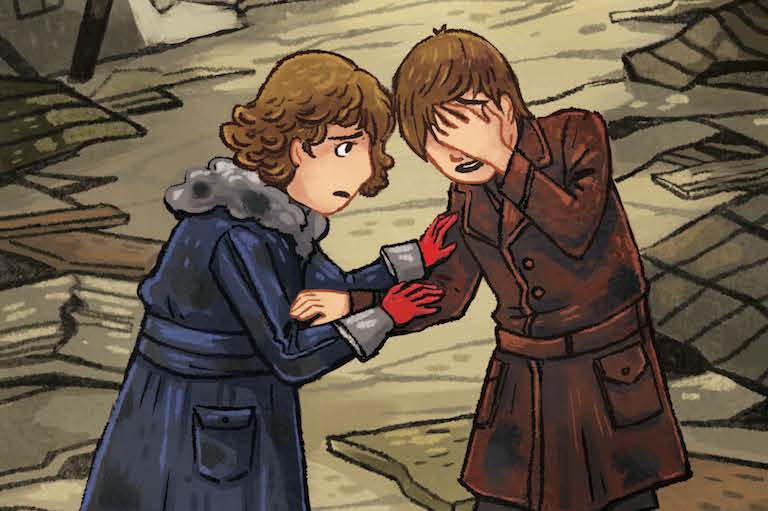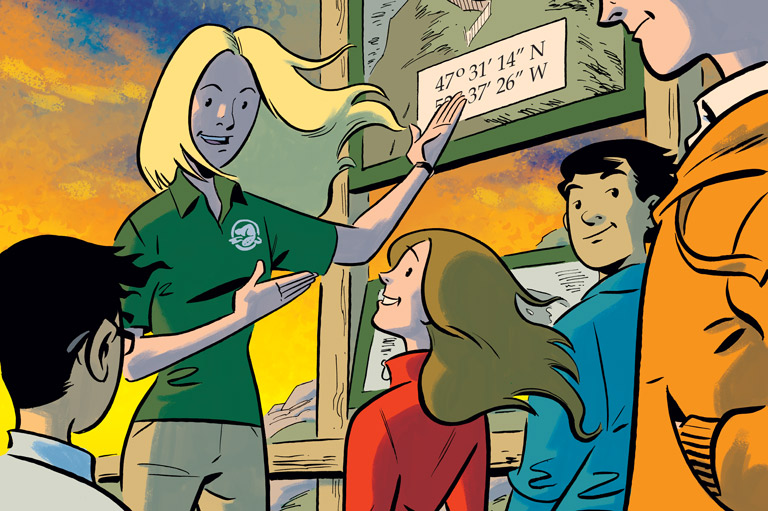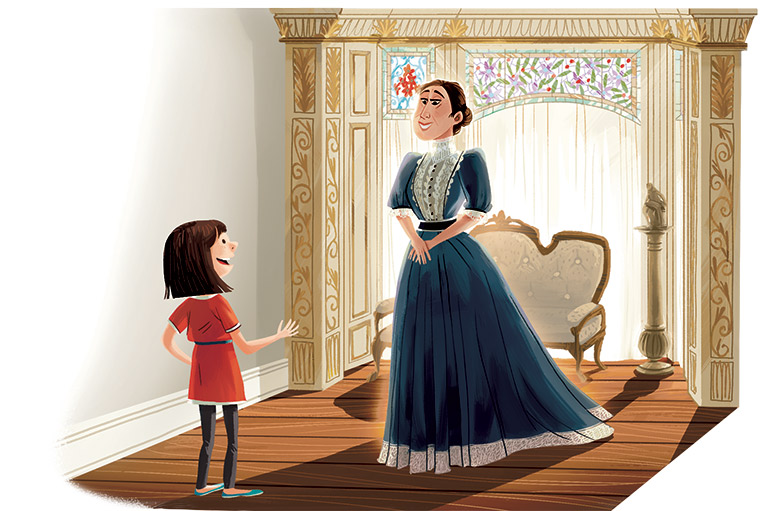A Life Full of Firsts
1963, Prince of Wales Secondary School, Vancouver, B.C.
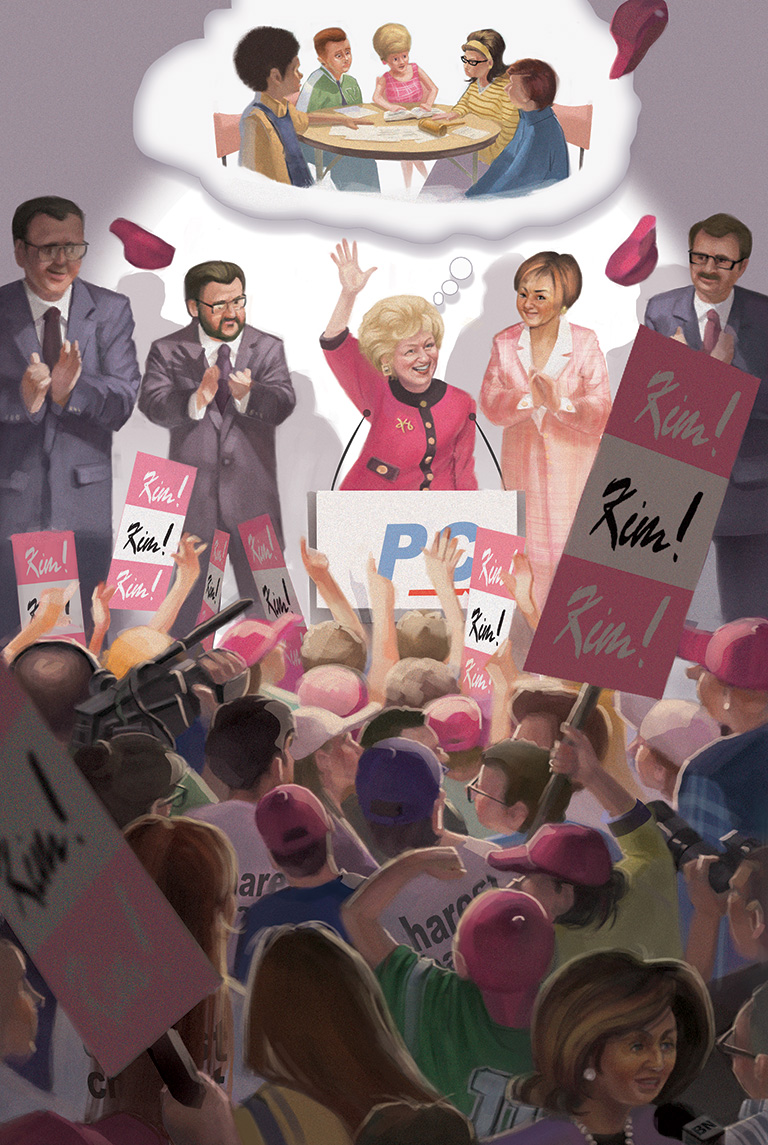
“I still can’t believe it,” the teenager said to his friend. “How did we end up with a girl as student council president?”
His friend shook his head in disbelief. “I know! The school has been around for 42 years, and a boy has been president for 42 years. Why change now?”
The first boy grinned. “At least she’s pretty!”
“What she looks like doesn’t matter in the least, gentlemen.” The boys looked around guiltily — they hadn’t noticed the gym teacher, Mrs. Currie, behind them. “Kim is as smart as both of you put together. Why should she settle for being secretary of student council when she can be president?”
1964, University of British Columbia
“I still can’t believe it,” John Kelsey said to no one in particular in the University of British Columbia’s student newspaper office. “I’m going to write an article for the Ubyssey about it. How did we end up with a girl as frosh president?”
Barbara Wilson looked up from her desk and glared at him. “Kim seems really smart and well-organized. Why shouldn’t the first-year students vote for her?”
Kelsey shook his head. “There’s nothing more appalling than a woman who gets out of her place.”
“Actually, I’d say there is — and I’m looking at him,” Wilson shot back. “She beat two guys, fair and square. What’s your beef?”
“I just think a girl can’t handle a man’s job,” said Kelsey, rolling a sheet of paper into his typewriter. “Gee — that would be a good headline. Kim Campbell Can’t Handle a Man’s Job.”
Wilson rolled her eyes. “Go ahead and write your story, John, but times are changing fast. Good luck keeping up!”
June 25, 1993, Progressive Conservative party leadership convention, Ottawa
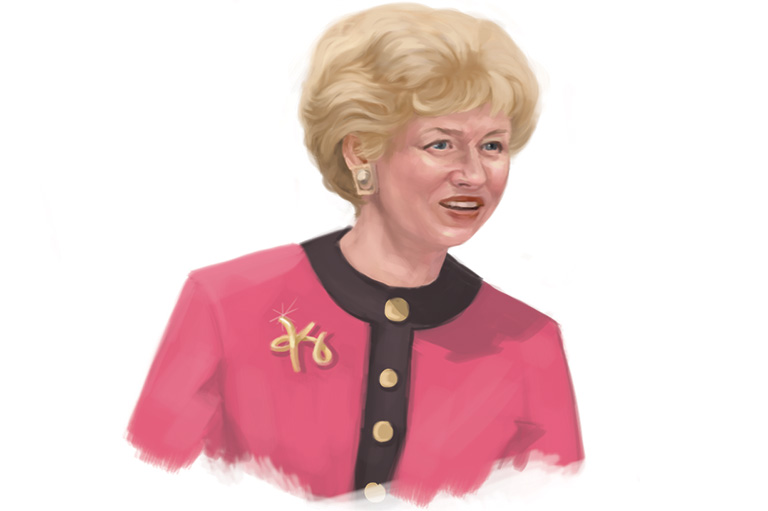
The Ottawa Civic Centre hockey arena had seemed like the noisiest place on Earth for a few days, but now it was completely hushed. Sweat trickled down red faces as everyone waited for the announcement. The building was packed with supporters of the leadership candidates, reporters and plenty of people who wanted a little glimpse of history in the making.
“Ladies and gentlemen, mesdames et messieurs, here are the final results of voting. Madame Kim Campbell: 1,817. Monsieur Jean Charest: 1,630.”
The crowd roared. Hundreds of people jumped up and down, screaming and cheering, knocking pink “Kim” hats off and waving pink “Kim” scarves.
“You did it!” An overjoyed supporter hugged Kim Campbell. “You’re the leader of the Progressive Conservative Party of Canada! And that automatically makes you the Prime Minister of Canada.”
And now it was time for the woman at the centre of it all to adjust the big gold K pin on her jacket and make her way to the stage. She edged along slowly as photographers, TV camera operators and security guards struggled to stay close to her. Campbell stopped to hug and shake hands with her fans along the way.
Just as she was about to step on stage, a teenaged girl grabbed her hand. “Ms. Campbell, I —” the girl’s eyes filled with tears. “I’m just so happy we have a woman Prime Minister. I still can’t believe it!”
Campbell’s face split into a huge grin. “Of all the times someone has said that to me, that’s definitely the best.” Then she stepped onto the stage to greet the crowd.
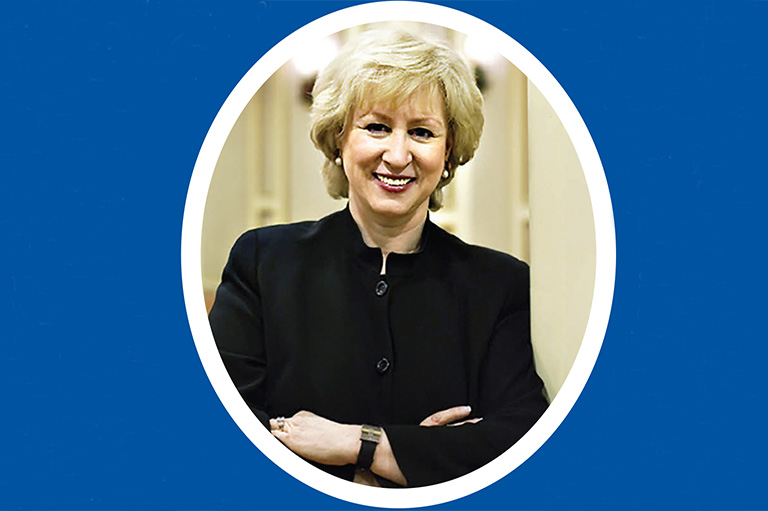
Kim Campbell’s name when she was born was Avril Phaedra, but after her mother took off and left the family when Campbell was 12, she changed her name to Kim. She was smart and sure of herself from an early age, winning a role as a student host on CBC-TV when she was just 10.
She worked extra-hard and was very popular in high school and at university. She started programs to earn higher degrees, but never finished.
When she was in her 30s, she did finally finish a law degree, winning a Vancouver school board election in 1980 while she attended university. Six years later, she won a seat in the B.C. government, and in 1988, became the Member of Parliament for Vancouver Centre.
Prime Minister Brian Mulroney first gave her a less important cabinet position, but soon made her Canada’s first female minister of justice, then a few years later, minister of national defence and veterans affairs. When Mulroney resigned as leader, the Progressive Conservative Party was still in power, so whoever was elected to follow him at the head of the party would automatically become Prime Minister.
Campbell called an election soon after her leadership victory, and the Conservatives were destroyed, going from 156 seats to two. She was defeated in her own riding, too.
After her short time as Prime Minister from June to November of 1993 — she never actually sat in the House of Commons as PM or moved into the official residence at 24 Sussex Drive — she taught at Harvard University. In 1996, she was named Canada’s representative in Los Angeles, called the consul general.
Themes associated with this article
More fiction features

Canada’s History Archive features both English and French versions of Kayak: Canada’s History Magazine for Kids.
Kayak: Canada’s History Magazine for Kids — 3 digital issues per year for as low as $13.99. Tariff-exempt!


